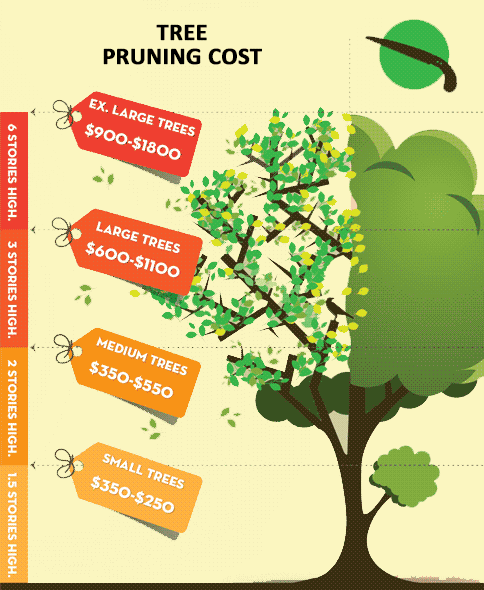After Removing Trees, Correct Treatment Is Important For Landscape Recovery; Find Out The Necessary Actions To Renew Your Room And Stop Approaching Obstacles
After Removing Trees, Correct Treatment Is Important For Landscape Recovery; Find Out The Necessary Actions To Renew Your Room And Stop Approaching Obstacles
Blog Article
Material By-Langley Leblanc
After a tree's elimination, your landscape may look rather different, and it's necessary to evaluate the after-effects meticulously. You'll want to assess the dirt disturbance and examine bordering plants for any kind of indicators of tension. Neglecting these elements can result in larger issues down the line. So, what should you make with those stumps and roots? And just how do you pick the best plants for your rejuvenated room? Allow's check out these vital steps.
Assessing the Consequences: Examining Your Landscape
After a tree removal, it's crucial to examine your landscape to comprehend the influence it carries your lawn.
Start by taking a look at the area where the tree stood. Seek signs of dirt disturbance, and check the surrounding plants for any stress or damage.
You need to additionally bear in mind of exactly how the elimination has transformed sunlight exposure and air movement in your yard. This shift can impact the growth of close-by plants, so it's essential to examine their health and wellness.
Consider the visual elements also; the removal may develop an open space that you can redesign.
Lastly, think about any kind of prospective erosion problems that may emerge from the tree's lack. Attending to these variables early will help bring back equilibrium to your landscape.
Managing Stumps and Roots: Choices for Elimination
As soon as you have actually examined the aftermath of the tree elimination, you'll likely require to deal with the stump and origins left behind.
You have a couple of alternatives for removal. One effective method is stump grinding, where a specialist makes use of a machine to grind the stump to below ground level. This approach leaves very little interruption to your landscape.
If Removing Palm Trees favor a do it yourself approach, you can utilize a combination of digging and chemical stump removers. Just keep in mind, this process can require time and initiative.
Conversely, consider leaving the stump as an all-natural feature, which can serve as a distinct garden element or habitat for wildlife.
Whatever you select, addressing the stump and origins is essential for recovering your landscape.
Selecting the Right Plant Kingdoms for Your New Area
As you analyze your recently cleared space, picking the right plants can significantly improve your landscape's appeal and performance.
Start by considering If A Neighbor Tree Falls On Your Property Who Is Responsible For Its Removal and soil conditions. For warm locations, go with drought-resistant plants like lavender or succulents. In shaded spots, brushes and hostas grow well.
Think about the dimension and development routines of your plants; mix perennials and annuals for seasonal range. Do not forget to integrate indigenous types; they need less maintenance and support regional wild animals.
Team plants in strange numbers for a much more all-natural appearance and develop layers for visual depth.
Finally, guarantee you have a mix of shades and appearances to keep your landscape dynamic throughout the periods.
Satisfied planting!
Verdict
Finally, recovering your landscape after tree elimination is a fulfilling procedure. By examining the aftermath, attending to stumps and origins, and choosing the right plants, you'll produce a flourishing setting. Don't forget to integrate erosion control steps to shield your soil. With visit the up coming post and care, you can transform your area into a dynamic yard that improves your residential property. Welcome the possibility to renew your landscape and enjoy the appeal of nature right in your yard!
